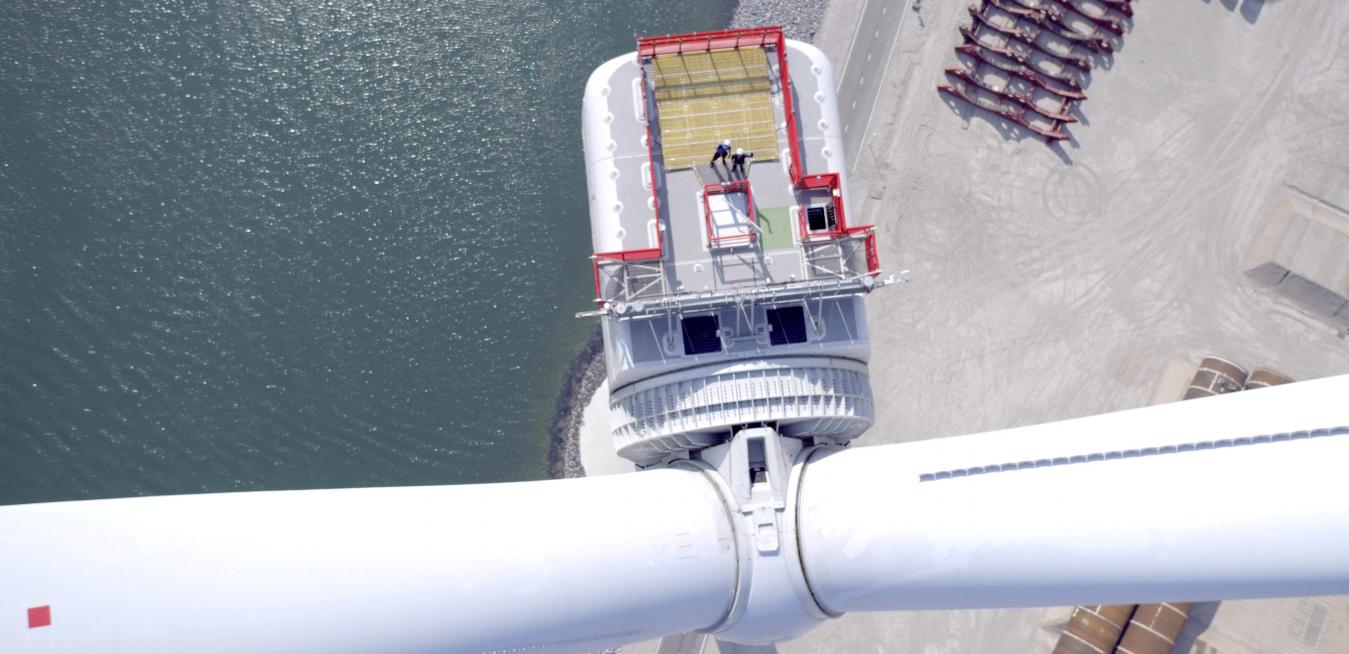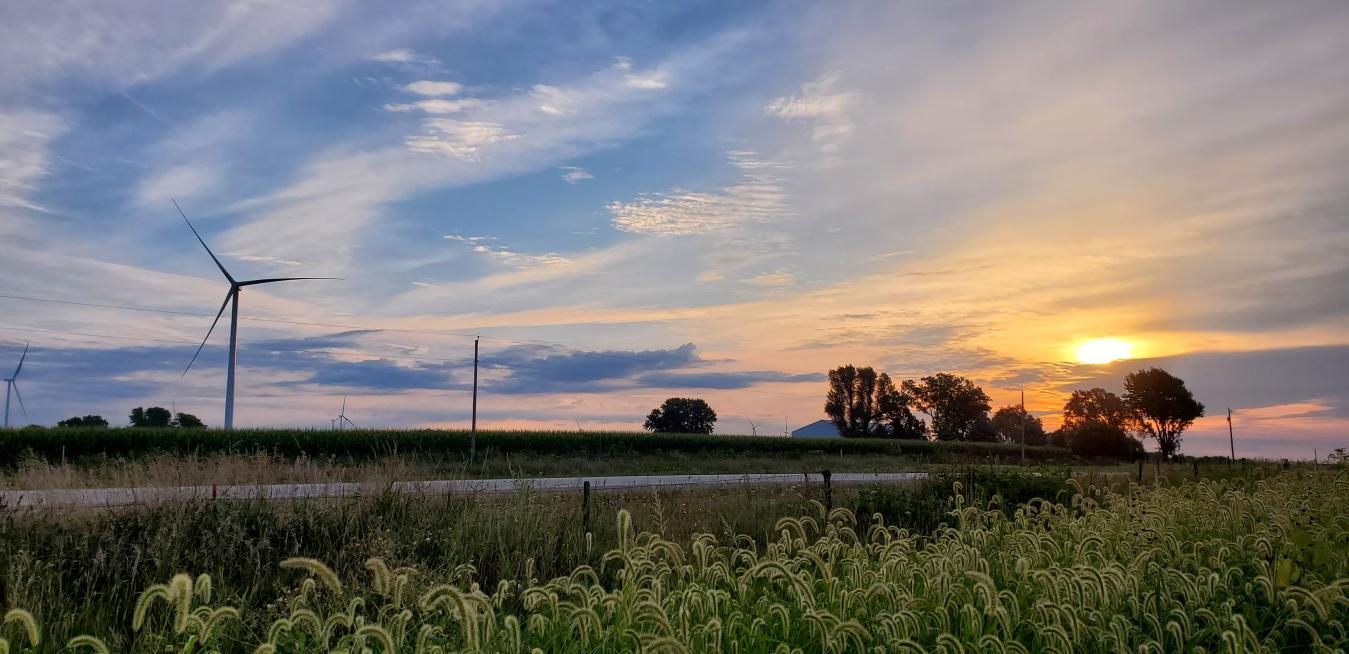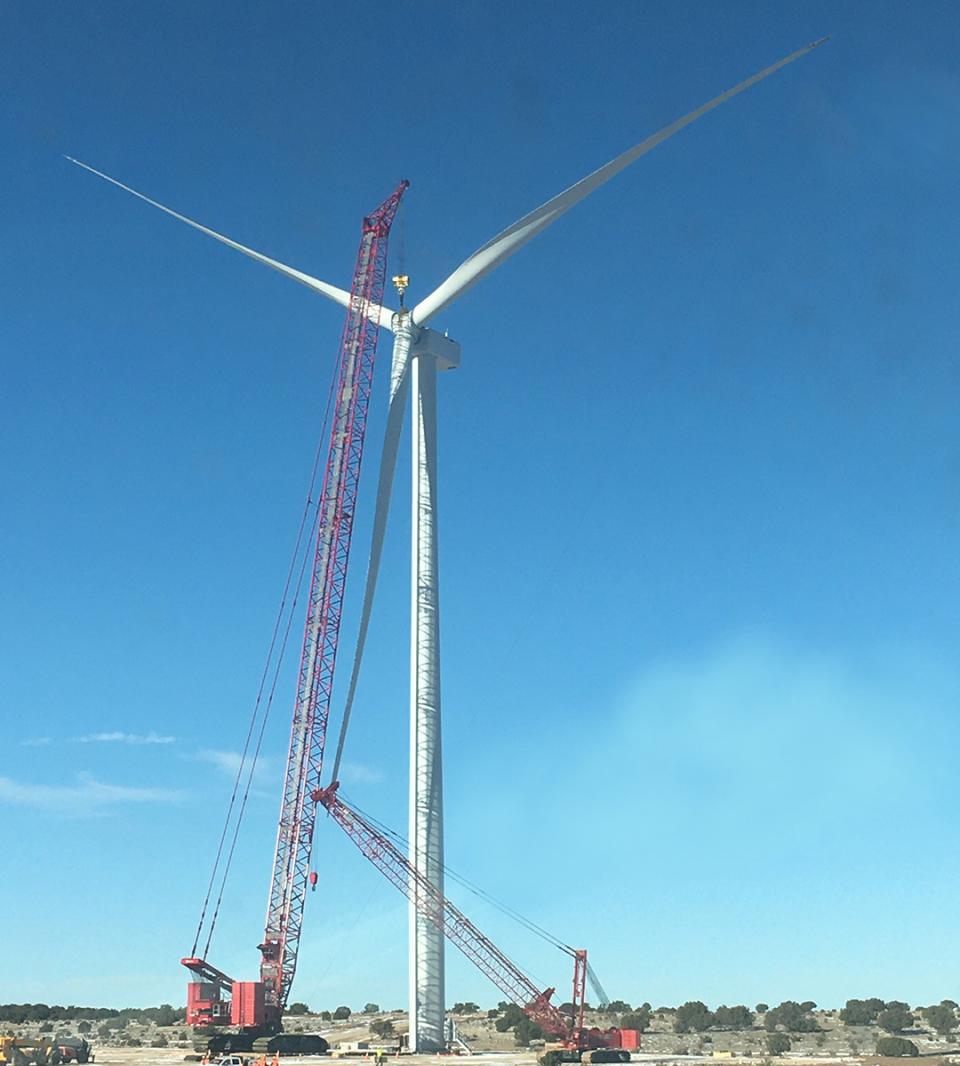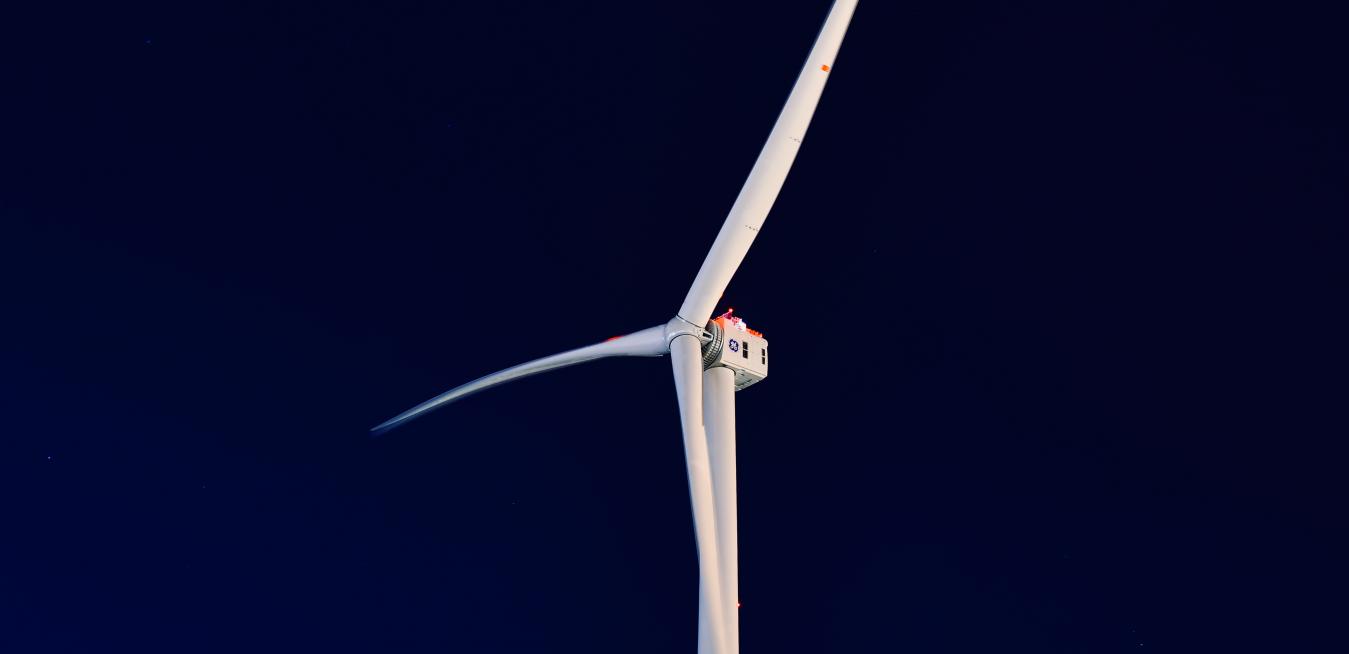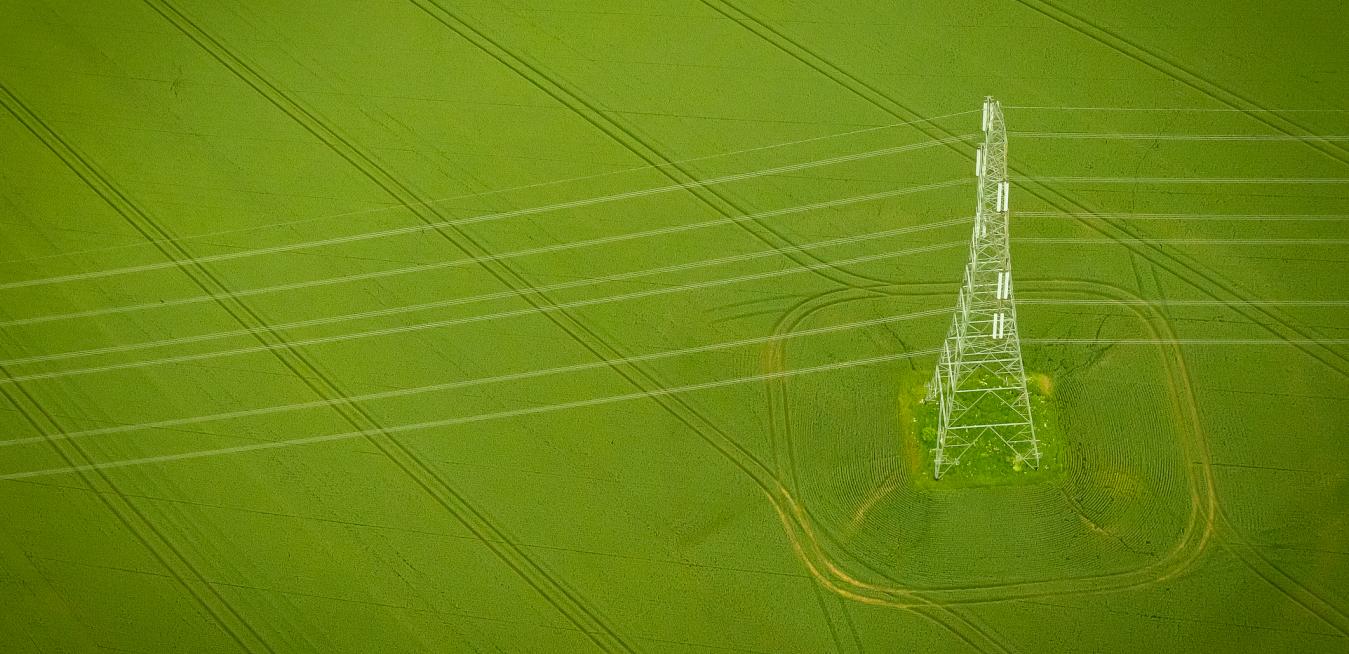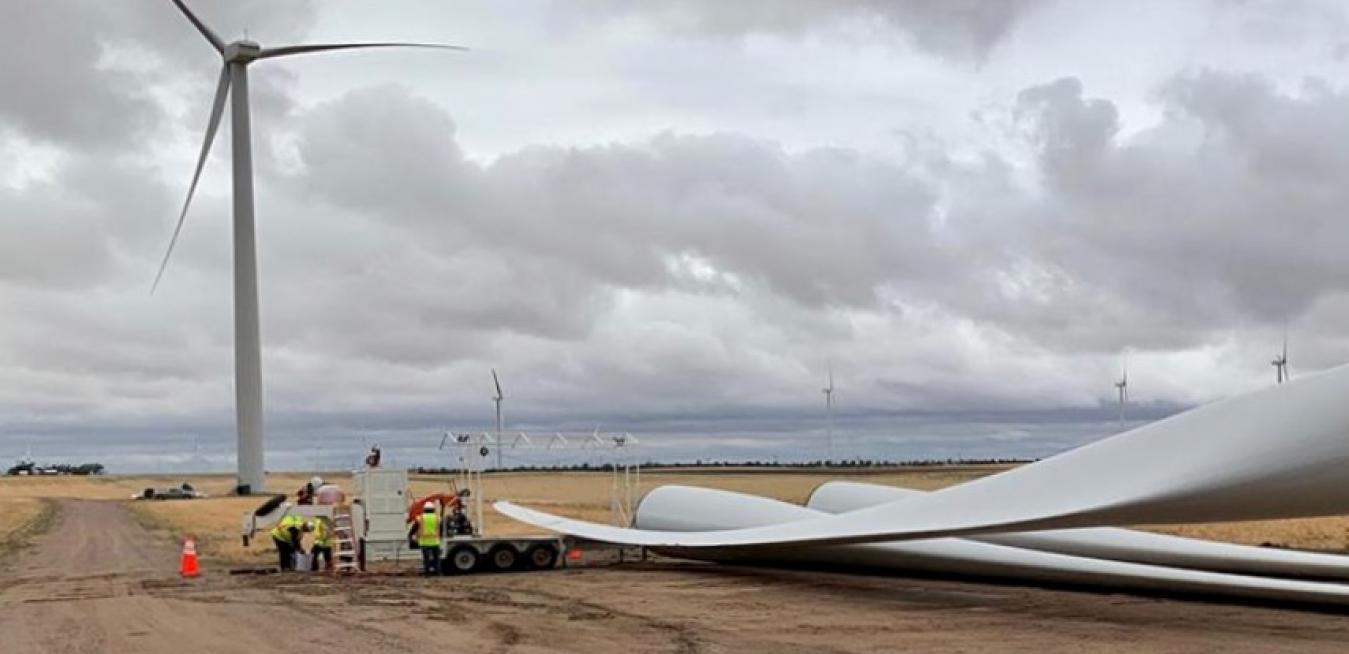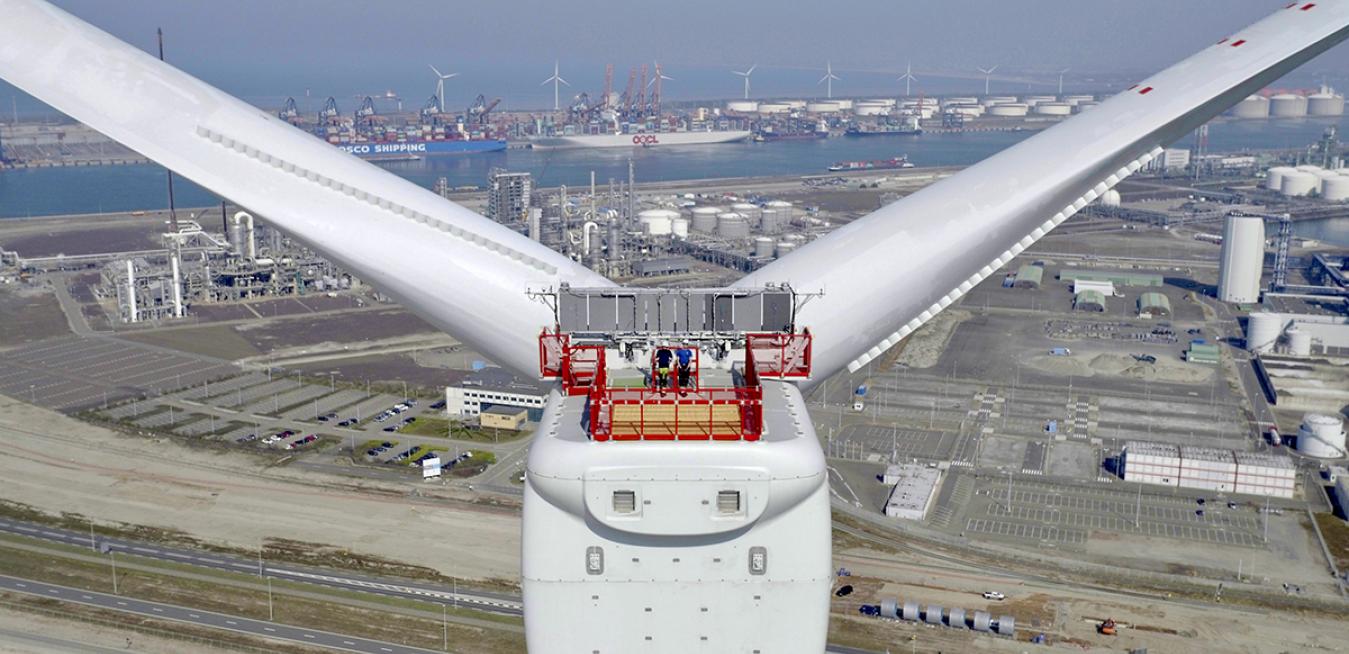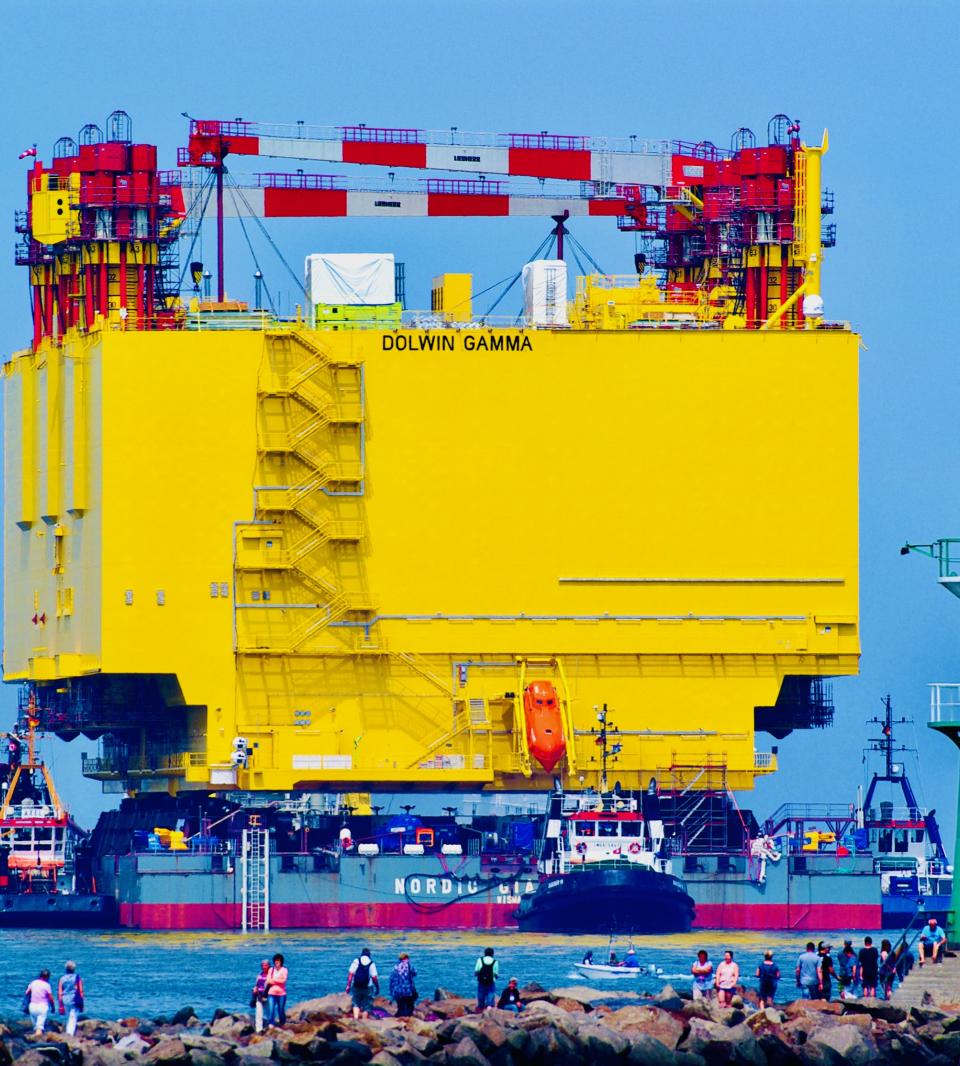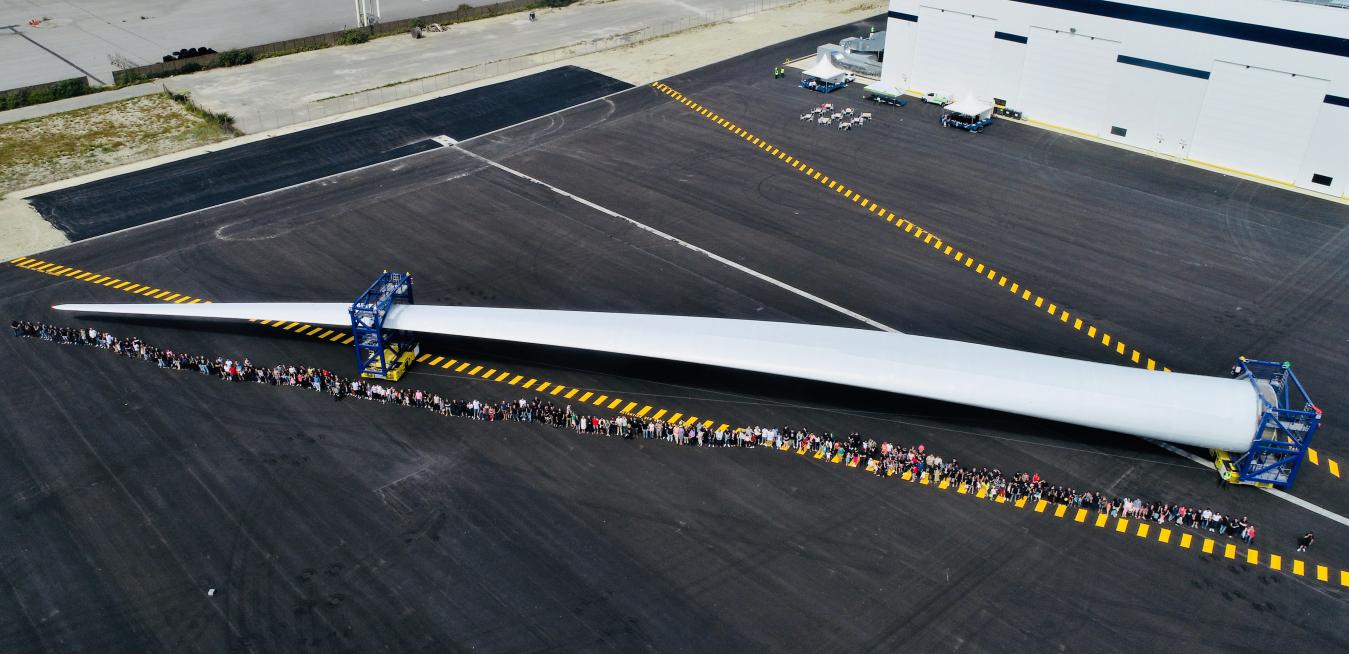In the fall of 2019, the Danish company Ørsted announced plans to build two wind farms off the U.S. East Coast that would use GE Renewable Energy’s Haliade-X platform — the world’s most powerful offshore wind turbine in operation. This week GE Renewable Energy said that it has finalized supply and service contracts for one of those projects: Ocean Wind, which will be located 15 miles off the coast of southern New Jersey.
Last November, more than 8,000 GE Renewable Energy onshore wind turbines standing in 23 states in the United States and 10 different countries quietly took the power industry by storm. The 2 megawatt (MW) onshore wind platform blew through a major milestone by logging a combined 20 gigawatts (GW) of installed capacity worldwide since its debut in late 2015.
Pretty soon the bristly grasses of the high plains won’t be the only thing catching the wind in central New Mexico: Western Spirit Wind, an installation built by the southwestern utility Pattern Energy, is set to deliver more than 1,050 megawatts of renewable energy from four separate wind farms. The Western Spirit Wind project is scheduled to be the largest wind installation in the state, when completed.
GE Renewable Energy was named the preferred turbine supplier for Dogger Bank C, the third phase of what is set to become the largest offshore wind farm in the world upon completion in 2026. GE will also supply turbines for phases A and B of the wind farm.
A mix of technologies — including wind and solar energy, gas turbines, hydrogen fuel, and battery storage — can open a path to reliable and sustainable energy generation. “Think of the gas turbines as a shock absorber that’s balancing the demand on the grid,” says Brian Gutknecht, marketing leader at GE Gas Power (top image). “I have demand that’s varying, I’ve got supply from renewables that’s varying, and the gas turbine that’s in between balancing constantly: up and down. I can ramp up and down hundreds of megawatts very quickly.”
It certainly wasn’t the first time a blanket of still, cold air covered the British Isles early in a November. But what made the autumn air mass that settled in the area this year different was its impact on the power industry.
Global wind farm operators added more than 22,000 wind turbines in 2019 and the growth is only going to pick up speed as more and more countries continue to press ahead to lower their carbon footprint. With good reason: On average, a single wind turbine operating in the U.S.
Located south of Cape Cod, Martha’s Vineyard is known as a summer destination for the rich and famous. But if the island is where well-heeled vacationers go to recharge their batteries, it’s set to soon be associated with another kind of energy altogether: a wind farm that’s slated for installation some 15 miles offshore in the Atlantic Ocean. The 800-megawatt Vineyard Wind 1, as the project is called, will be the first utility-scale offshore wind project in the U.S. It is scheduled to start supplying clean energy to Massachusetts homes and businesses in 2023.
Like many countries around the world, Germany is in the middle of an ambitious energy transition, aiming to generate 80% of its power from renewable sources by 2050. One steppingstone on that journey is a huge yellow structure rising more than 60 feet from the slate-gray waters of the North Sea some 80 kilometers off the country’s coast.
At 107 meters from end to end, the blade for the Haliade-X wind turbine — the world’s most powerful offshore wind turbine in operation — is longer than a football field, and possibly one of the single biggest machine components ever built.
